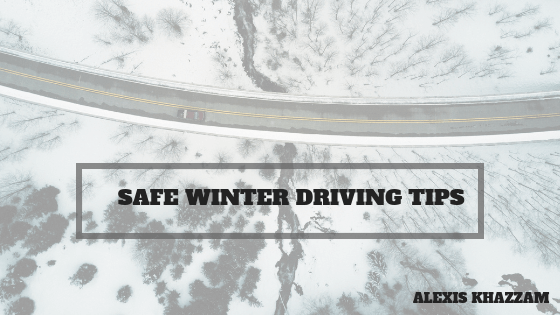If you’ve read my blog about how to winterize your car, you are well prepared to set up your car for the winter. But what about you as the driver? What are some precautions you can take before driving in the wintry weather? Read on to find out:
Promote Visibility
Winter weather comes with a vast reduction in visibility. You want to be as visible to other vehicles as possible, especially during winter weather events. You always want to have your lights on when driving in wintry conditions. Half of fatalities happen at night or right at dawn or dusk. That shows that when you are unable to see other cars properly, you are at a higher risk for an accident. Keep your headlights clean and clear by wiping any snow or ice off before driving.
Know Your Brakes
When driving in the ice or snow, you always want to pump your breaks rather than slam hard on them. You must know how your brakes respond to the ice and snow before setting out on dangerous roads. If your brakes are extremely touchy, it won’t take much to pump them. If they require more effort, know that before hitting the roads.
Don’t Rely Completely on All Wheel Drive
Unfortunately, many drivers falsely believe that their all-wheel drive vehicle is enough to get them through any winter driving event. While all-wheel drive does help by giving the driver increased control during turning, there are plenty of things all-wheel drive does not prevent. Even with all-wheel drive, you need to make your car as visible as possible and use your breaks correctly in order to avoid an accident.
Leave plenty of Room to Stop
When driving in the wintry conditions, you want to give even more space for braking than normal. You will have to contend with ice, snow, black ice, soft and hard packed snow.
According to Motorwise, it takes ten times the usual distance to stop when you’re driving in the snow. You will want to give yourself that much room if not more.
Inevitably, you will have to drive at some point during winter conditions. By following the above tips, you will give yourself the best possible chance of arriving at your destination safely! Be sure you and your car are highly visible, know how your brakes work, don’t be reliant on all wheel drive and leave plenty of room to stop.
